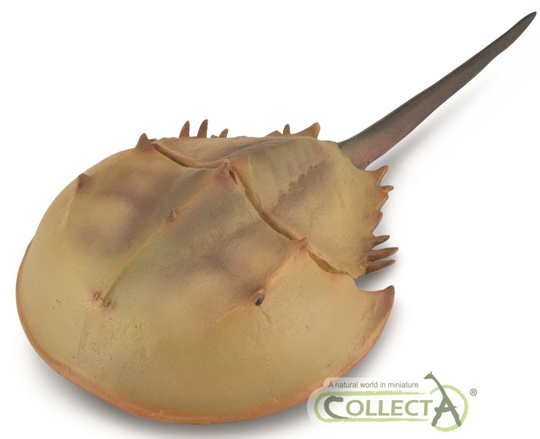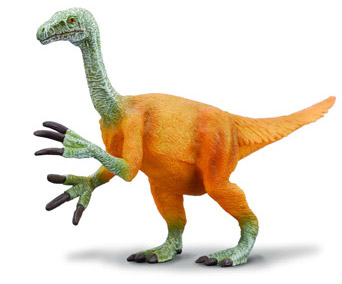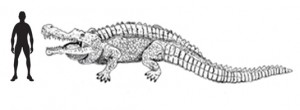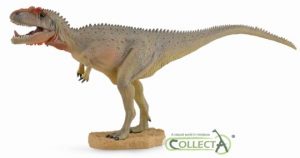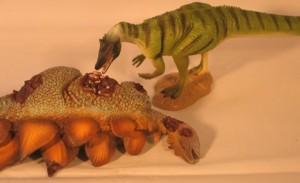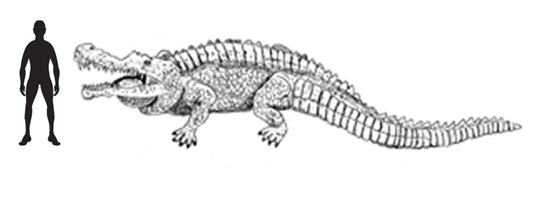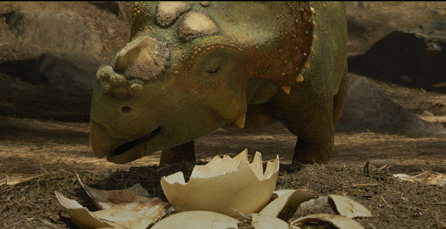Reviews, comments and feedback on television programmes featuring themes of interest to dinosaur fans and fossil collectors by Everything Dinosaur team members.
Survivors: Natures Indestructible Creatures (New Television Programme)
Exciting Science Programme Tonight on BBC 4 (UK)
Tonight on terrestrial television, at 9pm (BBC 4) there is the first episode of a new science series that explores extinction events. The first programme in this three-part series deals with the period in Earth’s history known as the Permian mass extinction, a time when over a million years or so, life on Earth suffered a series of cataclysms that resulted in an estimated 95% of life becoming extinct. The Permian mass extinction took place approximately 250 million years ago, one of five major mass extinction events recorded in the known fossil record.
Permian Mass Extinction
Palaeontologist Richard Fortey (long association with the Natural History Museum – London) investigates why some of Earth’s species have survived for millions of years, and explores the characteristics that gave them the ability to endure events that led to the extinction of other creatures. As Richard’s love of trilobites is well-known, we can expect to hear about these amazing invertebrates as well as horseshoe crabs – arthropods that have survived nearly unchanged for millions of years.
A Model of One of Nature’s Great Survivors – A Horseshoe Crab
CollectA have produced a number of models and replicas of ancient arthropods including horseshoe crabs, trilobites and ammonites.
To view this range: CollectA Preshistoric Life (Age of Dinosaurs Popular Range).
“Survivors: Natures Indestructible Creatures”
The second programme in the series is to be shown next week (31st January). It deals with the events and consequences of perhaps the most famous mass extinction event of all – the mass extinction that occurred at the end of the Cretaceous. This programme is to be called “Fugitive from the Fire”.


